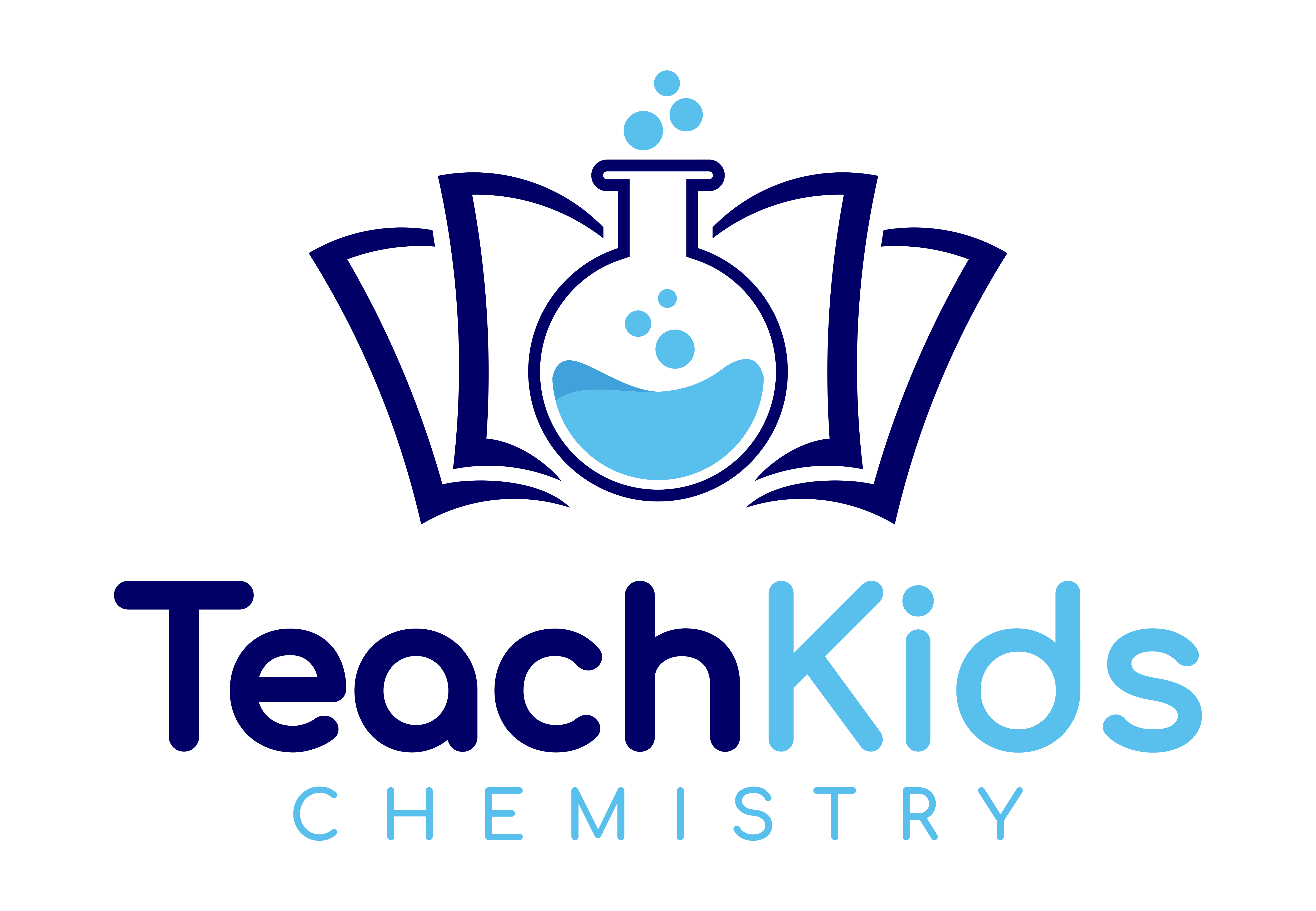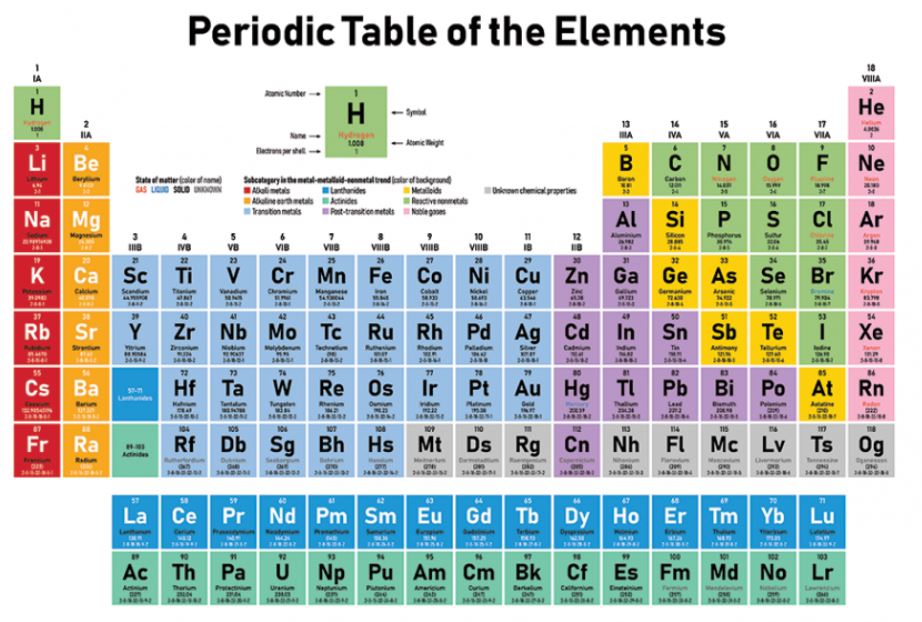Hello and welcome to Teach Kids Chemistry! Today, we will be exploring the fascinating element known as strontium. Strontium is a metallic element that is commonly found in nature and has a variety of interesting properties. We will be discussing its atomic structure, physical and chemical properties, and its uses in everyday life. So, let’s dive in and discover the wonders of strontium!
The Periodic Element Strontium Overview
Strontium is a chemical element with the symbol Sr and atomic number 38. It is a soft, silvery-white metal that belongs to the alkaline earth metals group. Strontium has an atomic mass of 87.62 and contains 38 protons and 38 electrons. The number of neutrons in strontium can vary, with the most common isotope having 49 neutrons. Strontium is located in period 5 and group 2 of the periodic table. It is a solid at room temperature and is classified as a metal. Strontium has an electronegativity of 0.95 and a specific heat capacity of 0.301 J/g·K. Its melting point is 769°C, and its boiling point is 1384°C. The density of strontium is 2.64 g/cm³.Strontium has several important applications in industry and medicine. It is used in the production of ferrite magnets, which are used in loudspeakers and other electronic devices. Strontium is also used in pyrotechnics to produce a bright red color. In medicine, strontium is used to treat osteoporosis, as it can replace calcium in bones and increase bone density. However, strontium can also be harmful to human health if ingested in large amounts, as it can interfere with calcium metabolism and cause bone and tooth decay. Overall, strontium is an important element with a variety of uses and properties that make it an interesting topic for chemistry education.
Everyday objects that contain the periodic element strontium?
There are many everyday objects that contain chemicals or compounds that can be used to teach chemistry concepts. For example, baking soda and vinegar can be used to demonstrate chemical reactions and the production of carbon dioxide gas. Salt and sugar can be used to teach about solubility and the properties of solutions. Water can be used to teach about the properties of liquids and the concept of polarity. Additionally, household cleaning products such as bleach and ammonia can be used to teach about chemical reactions and the importance of safety when handling chemicals. By using everyday objects, students can better understand the relevance of chemistry in their daily lives.
Differences in the periodic element strontium across states of matter
The state of an element can vary greatly depending on its temperature and pressure. At standard temperature and pressure (STP), most elements are either solids or gases. Solids have a fixed shape and volume, while gases have neither. As temperature and pressure increase, some solids can become liquids, which have a fixed volume but take the shape of their container. As temperature and pressure continue to increase, some liquids can become gases, which have neither a fixed shape nor volume. At extremely high temperatures and pressures, some gases can become plasmas, which are highly ionized and conductive. Plasmas are often found in stars and lightning bolts, and have unique properties such as the ability to emit light.
Is the periodic element strontium dangerous or radioactive?
Strontium is a chemical element with the symbol Sr and atomic number 38. It is a silvery-white metal that is highly reactive and can ignite spontaneously in air. While strontium itself is not radioactive, it has several isotopes that are radioactive, including strontium-90, which is a byproduct of nuclear reactions and can be harmful if ingested or inhaled. However, strontium is also used in various applications, such as in the production of ferrite magnets and pyrotechnics, and is considered safe when handled properly.
Is the periodic element strontium rare and expensive?
Strontium is not considered a rare or expensive element. It is a relatively common element found in the Earth’s crust and is widely available for commercial use. Strontium is used in a variety of applications, including the production of ferrite magnets, pyrotechnics, and as a component in some types of glass. While there may be variations in the price of strontium depending on the specific application and market conditions, it is generally considered to be a readily available and affordable element.
Learn about all the elements with a periodic table!

